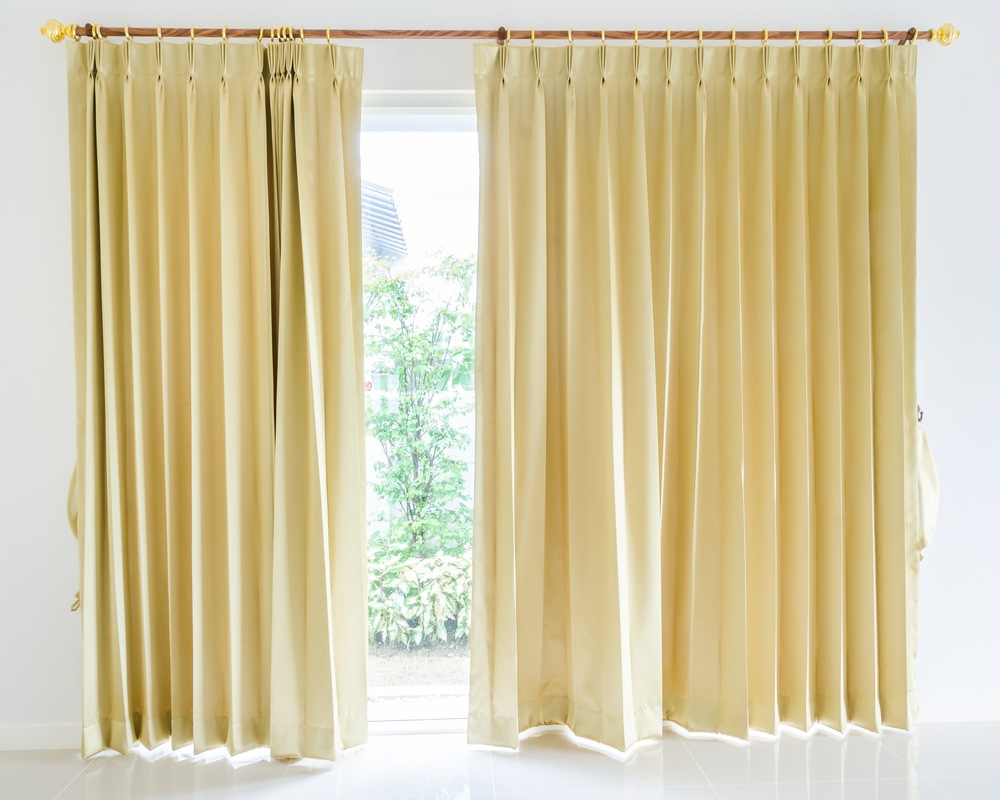 Not all window treatments are created equally. At first, it may seem like a blind is a blind and a curtain is a curtain, but choosing the right kind of window treatment may help in making your vinyl replacement windows even more energy efficient. Why spend more on your heating and cooling costs when you can let your window treatments help you save some money? Here’s what you need to look for.
Not all window treatments are created equally. At first, it may seem like a blind is a blind and a curtain is a curtain, but choosing the right kind of window treatment may help in making your vinyl replacement windows even more energy efficient. Why spend more on your heating and cooling costs when you can let your window treatments help you save some money? Here’s what you need to look for.
Awnings
For an excellent way to save money on your heating and cooling bills, think outside your home. Retractable exterior awnings are highly effective at preventing your home from being heated by the sun during the summer, but allow you to let that heat in during the winter. Energy.gov estimates that during the summer, window awnings can reduce solar heat gain by as much as 65 percent when placed on south-facing windows and by 77 percent on windows that face the west. Awnings made out of a lightly-colored material are more effective since they reflect sunlight and keep more heat out of your home.
Curtains
As far as indoor window treatments go, curtains are one of the best ways to control the amount of heat you get from the sun all year long. How well a curtain can control heat from the sun depends on the type of material it’s made out of, so you may want to consider changing your curtains throughout the year for best results. During the winter, look for curtains made out of a heavier fabric and hang them as closely to the window as possible to minimize heat loss. Make sure the curtains are long enough to hit the floor or window sill and, if possible, use velcro or magnetic strips to fasten the sides of curtains to the wall so that heat can’t escape through the sides.
During the warmer months of the year, use curtains that are lined with a white plastic backing to reflect heat from the sun and keep them closed during the day. Doing this can reduce solar heat by up to 33 percent!
Blinds
By design, blinds are better suited for keeping heat from the sun out during the summer than at keeping heat inside the house during the winter. The fact that they’re made out of slats simply means they’re not ideal for keeping heat inside the house. However, lightly-colored blinds made of a reflective material can reduce the amount of solar heat a home gets by about 45 percent when they’re fully lowered and the slats are closed.
Shades
Curtains and blinds are better options if you want more control over the amount of light that comes in through a window, but window shades can also help make your windows more energy efficient. Shades made of fabric, such as roman shades, add an extra layer of insulation on the window when they’re lowered. Honeycomb and cellular shades have a design which helps reduce heat transfer. There are also shades which are a reflective white on one side and black on the other side. Depending on which side the reflective white is facing, they can help keep heat out in the summer and heat in during the winter.
